In the world of NFTs, understanding the rarity of a digital asset is crucial for both creators and collectors. SimpleHash, aligning with the OpenRarity standard, offers a sophisticated approach to calculate NFT rarity scores. This post delves into how developers can utilize SimpleHash to integrate rarity data into their applications, enhancing user engagement and providing additional detail about tokens within collections.
What is NFT Rarity?
NFT rarity quantifies the uniqueness of an NFT within its collection. It's a metric that indicates the scarcity and distinctiveness of a digital asset, playing a pivotal role in its valuation and appeal. SimpleHash adopts the OpenRarity standard to offer a consistent, mathematically-based approach to determining NFT rarity. This feature not only assists in pricing strategies but also in highlighting the unique aspects of NFTs to potential buyers.
SimpleHash’s Approach to NFT Rarity
SimpleHash provides key data points for calculating NFT rarity:
- Rarity Rank: A numerical indicator of an NFT's rarity relative to others in its collection.
- Rarity Score: The raw rarity score, computed based on the OpenRarity standard.
- Unique Attributes Count: The count of unique traits or attributes of the NFT within the overall collection, spotlighting its individuality.
Check out the exact rarity model standard (along with the rest of the SimpleHash API docs) here.
Why Choose SimpleHash to Calculate NFT Rarity?
- Multi-Chain Rarity: SimpleHash calculates accurate rarity scores across various blockchain standards and ecosystems.
- Real-Time Updates: The platform updates rarity data in real-time, quickly reflecting any changes to collections that could drive rarity
- Consistency: Rarity scores adhere to OpenRarity, meaning that they can be effectively compared, and are easier to understand for the end user
- Abstraction: Developers do not need to do additional calculations themselves to derive rarity
How do most developers make use of NFT Rarity data?
Many developers using NFT rarity data via SimpleHash will implement these fields as part of a "detail view" for a token. When the user clicks on a specific collectible within their app, they use the rarity data to provide additional context about its place within a collection, or relative value. Rarity can also be useful for incorporation within filtering or sorting functionality (e.g., on an NFT marketplace). Some other applications (e.g., trading or analytics platforms) will use rarity as an input to various models they deploy.
Conclusion
SimpleHash, with its real-time, accurate NFT rarity scores based on the OpenRarity standard, empowers developers to create rich, data-driven experiences in the digital asset market. Developers can quickly and easily introduce token rarity into their applications without having to build anything in-house.


















